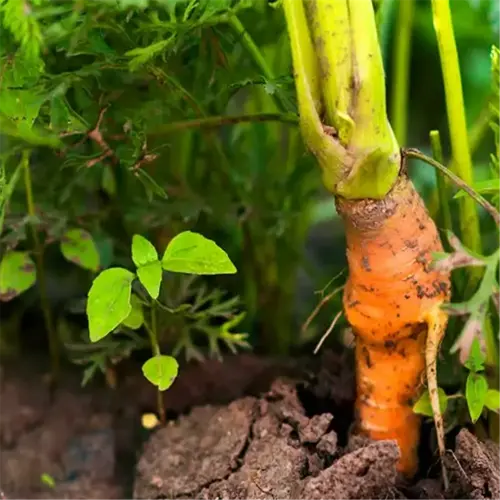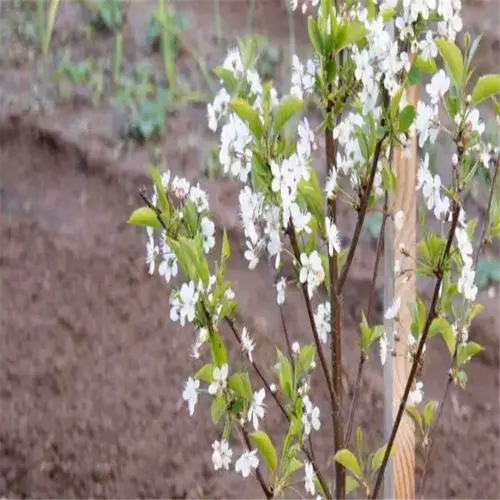Why are some chestnuts hard to find?

Written by
Benjamin Miller
Reviewed by
Prof. Samuel Fitzgerald, Ph.D.A chestnut disappearance from the mainstream market was a result of a 20th-century blight that devastated 4 billion American chestnut trees. I experienced this lack of availability myself when I restored a family orchard, and finding disease-resistant saplings by doing so took three years and a collaborative effort with specialty nurseries that shipped the trees across state lines.
Historical Decline
- Cryphonectria parasitica fungus wiped out 99% of wild populations
- Few commercial growers risk replanting blight-prone varieties
- Lost knowledge of traditional chestnut forestry
Cultivation Challenges
- 5-7 year wait for first harvest
- Manual burr harvesting costs $20/labor hour
- Vulnerability to weevils and rot in humid climates
New modern solutions are developing. Blight-resistant hybrids such as Dunstan Chestnuts are now producing 50-80 lbs/tree. I use retrofitted wine refrigerators to cold store my harvest, which keeps them at 90% humidity at 32°F for 6 months of freshness. Community co-ops are new, and community members pooling resources to access processing equipment for small growers.
Genetic Research
- DARPA-funded transgenic blight resistance
- Clonal orchards preserve superior traits
- TACF backcross breeding programs
Storage Tech
- Modified atmosphere packaging
- Edible chitosan coatings
- Solar dehydrators for value-added products
With urban foragers turned into a 'movement' due to apps like FallingFruit that map remnant trees, the park system in my city noted 23 mature chestnuts still alive through citizen science which provides both hope and a source for future blight-resistant chestnut cultivars.
Read the full article: How to Grow Chestnuts: A Complete Guide for Home Gardeners

